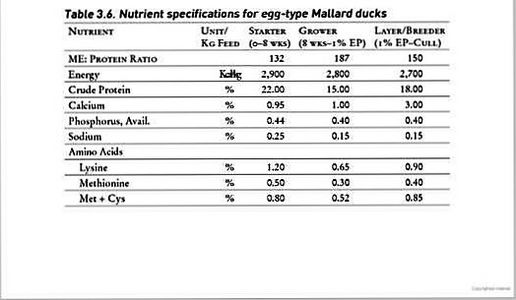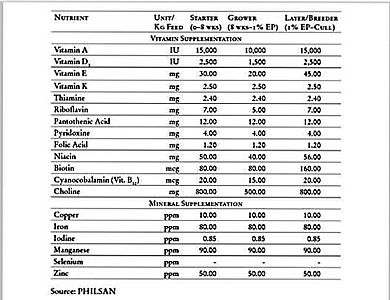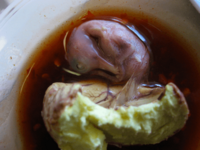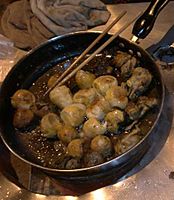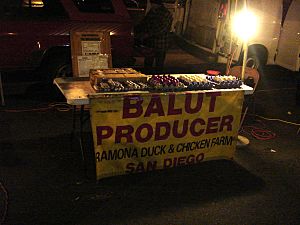Balut (food) facts for kids
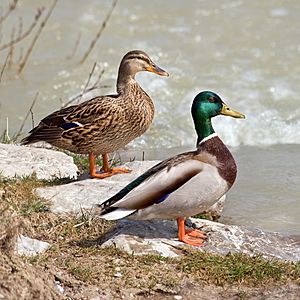
Balut (pronounced bah-LOOT) is a special kind of egg that has a developing bird inside. It's boiled and eaten right from its shell! You can often find it sold as street food in places like South China and countries in Southeast Asia, especially the Philippines, Cambodia, and Vietnam. The word "balut" comes from the Filipino language.
The egg is usually cooked when the bird embryo inside is between 14 and 21 days old. The exact age depends on what people in different places prefer.
Contents
What is Balut?
Balut is a fertilized bird egg, usually from a duck. It's kept warm for about 14 to 21 days, then steamed and eaten. People eat the contents directly from the shell. If the egg is incubated for a longer time, the baby duck inside is more developed. You might even be able to see its features! The tiny bones of the developing duckling are soft enough to chew and swallow. The mallard duck, sometimes called the "Pateros duck," is often used to make balut.
Balut is a very common street food in the Philippines and other areas. You can also find it in stores. It's a good and cheap source of protein and calcium. Balut came to the Philippines from China a long time ago, around the 1500s or 1800s. Since then, it has become a traditional part of Filipino culture. When Filipinos moved to other countries for work, they often created a market for balut there too. As more people around the world learned about balut, some wondered if it was right to eat it.
How is Balut Made?
Traditionally, fertilized eggs are kept warm by being placed in the sun or buried in sand. They are also stored in baskets to keep them warm. For the baby bird inside to grow normally, it needs to be at the right temperature for the correct amount of time. If it's too hot or too cold, the embryo might not develop well.
After about nine days, people hold the eggs up to a light. This process is called "candling." It helps them see the embryo growing inside. The way balut is made depends on how old the egg is and how much the embryo has developed.
In the Philippines, balut eggs are usually incubated for 14 to 18 days before they are boiled and eaten. Around 14 to 16 days, the embryo floats on top of the egg white and yolk. This is called "mamatong." Many balut makers think 17 days is the perfect age.
Other countries have their own versions. In Cambodia, their pong tea khon is incubated for 18 to 20 days. In Vietnam, their trứng vịt lộn is incubated for 19 to 21 days. By this time, the baby duck inside is old enough to be easily recognized, and its bones are firm but still soft when cooked.
Nutrition in Balut
Balut can be made from either chicken or duck eggs, and their nutritional values are quite similar. Both types of balut eggs have about 14 grams of protein, around 188 calories, and about 100 milligrams of calcium. Duck eggs might have slightly more nutrients than chicken eggs, but overall, they offer similar health benefits.
How to Eat and Serve Balut
People enjoy balut for its mix of textures and tastes. First, you sip the broth (liquid) that surrounds the embryo from the egg. Then, you peel the shell and eat the yolk and the young chick inside. You can eat all parts of the egg. However, the white part (albumen) might be tough and rubbery, so some people don't eat it.
In the Philippines, balut is sometimes served in fancy restaurants as an appetizer. It can be cooked adobo style, fried in omelettes, or even used as a filling in baked pastries. In Vietnam, balut is eaten with a little pepper salt, lime, or ginger and a herb called rau răm. In Cambodia, it's eaten warm from the shell with a simple mix of lime juice and ground pepper.
A similar dish in China is called maodan. It's believed that Chinese traders brought the idea of eating fertilized duck eggs to the Philippines. However, the way balut is made has been perfected by local Filipino makers. Today, balut is still mostly made by hand, not by machines.
Vendors often sell cooked balut from buckets of sand to keep them warm. They usually give you small packets of salt with it. Uncooked balut is rarely sold in Southeast Asia. In the United States, you might find uncooked balut eggs in Asian markets or order them online. Cooking them is just like boiling regular hard-boiled chicken eggs, and they are eaten warm.
If duck eggs don't develop properly after nine to twelve days, they are sold as penoy. These look, smell, and taste like regular hard-boiled eggs. In Filipino cuisine, penoy are sometimes beaten and fried like scrambled eggs and served with a vinegar dip.
Where is Balut Eaten?
Balut is very popular in Southeast Asian countries like Laos, Cambodia, Vietnam, Thailand, and the Philippines. Pateros, a town in Metro Manila, Philippines, is famous for raising ducks and making balut. The town was even named after its duck farmers!
Balut is seen as a national food in the Philippines. It's a common street food and is also served as an appetizer in restaurants. People say balut tastes a bit like chicken soup and has a unique texture.
You can also find balut in some parts of North America. It's not in every store, but specialty Asian markets, especially Filipino stores, often sell it. Some farms in the United States even specialize in making balut.
One reason balut might not be as common in North America is that many people outside Southeast Asia see it as an unusual or "taboo" food and might be nervous to try it.
Storing Balut
Balut is considered a street food, so it's best to eat it soon after it's made. Cooked balut can last for about one day at room temperature, but you can keep it in the refrigerator for up to a week.
Food safety rules suggest that after cooking, balut should be kept either very warm (above 57°C) or very cold (at or below 5°C) to prevent it from spoiling.
Religious Rules
Some religious groups do not allow their members to eat balut. For example, in Judaism, it's forbidden to eat the embryo of a chick inside an egg, even if the bird is kosher. In Islam, the Quran forbids eating meat if the animal was not properly slaughtered. Because balut is an egg with a partly developed embryo, it is considered "haram" (forbidden) in Islam.
The Members Church of God International, a Christian group, also forbids its members from eating balut.
Balut in Pop Culture
Outside Southeast Asia, balut has appeared on many reality TV shows. It's been featured on shows like Bizarre Foods with Andrew Zimmern and used in eating challenges on Fear Factor, Hell's Kitchen, and several versions of The Amazing Race and Survivor.
In the United States, you can buy balut eggs at Asian markets. To make sure they are fresh and the right age, it's often suggested to buy them from a professional vendor at Asian farmers' markets.
World Record
On April 10, 2015, the former mayor of Pateros, Jaime C. Medina, worked with the Center for Culinary Arts, Manila and the History Channel to try and set a world record. They wanted to make the largest serving of balut ever! Chefs prepared 1,000 pieces of balut in an adobo dish, which weighed an amazing 117.5 kilograms. The people of Pateros then enjoyed the dish together in a special meal called a boodle fight, where food is served on banana leaves.
Pateros, Metro Manila, was awarded the record, and it still holds it today!
Images for kids
See also
 In Spanish: Balut para niños
In Spanish: Balut para niños


